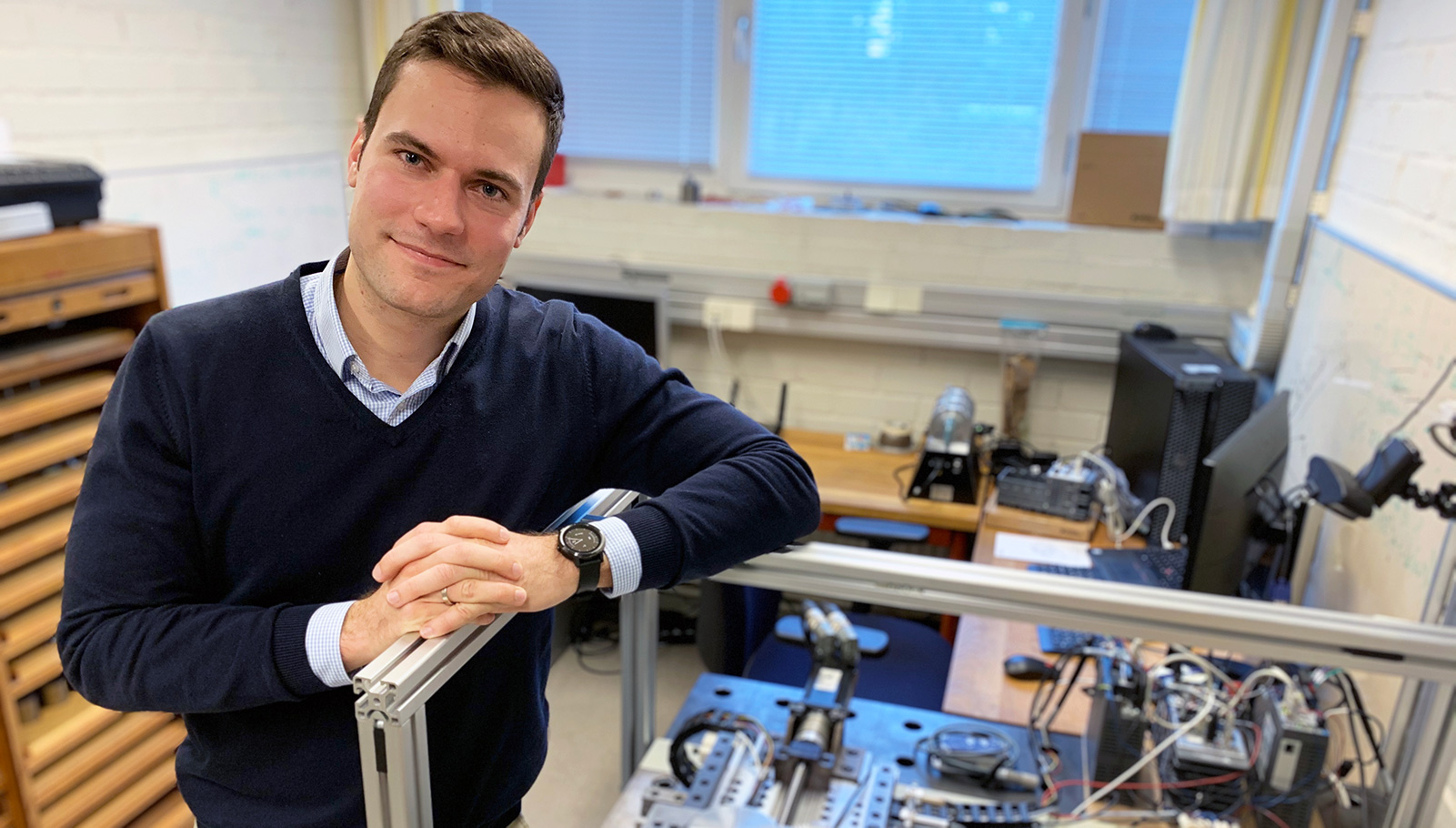When machines become their own doctors

What if advanced production equipment such as industrial robots and machine tools could report its health status and deviations that could lead to quality loss and costly down-time in production. With built-in smart sensors and data analysis, machine tools and industrial robots will perform self-diagnoses, which is a big step towards a more knowledge-driven and sustainable industry.
The pressure on the industry to become more sustainable is increasing. Both citizens and politicians want to see change - and so do the companies themselves. It's not just about emissions, but being careful with all kinds of resources. Today, the installed production equipment such as industrial robots and machine tools can be estimated to be worth $ 1.2 billion worldwide. It goes without saying that the machines represent a considerable fingerprint in the industry.
“In many ways the Swedish industry is well prepared for the transition to a more resource-efficient organization, but when it comes to the dependability of machine equipment, there is still potential for improvement”, says Andreas Archenti, professor at the departments of Production engineering and Sustainable Production Development.
Wear and tear in machines influences all sides of sustainabiliy. If deviations can’t be found in time, accuracy and precision are affected, which in turn affects quality. In the worst case, the machines can break down and stop.
But what if the machines could do their own health-check and report when they felt something that could cause problems.

This is what Andreas Archenti and PhD student Károly Szipka is passionate about. They want to develop self-diagnostic systems in to machines. By inserting smart sensors into machine tool equipment and industrial robots, the physical control can be automated.
“The idea is a health-check on themselves, by themselves, so that the machines can sense what is affecting their physical behavior. Like being their own doctor. By embedding the right sensors that measure different physical properties, and with the help of machine learning you can make the equipment learn to diagnose itself. For example ‘today I feel a little skew so I need to adjust some operational parameters’", exemplifies Andreas Archenti.
Needless to say, the condition of the machines is measured today. But indentifying problems is time-consuming and costly. The measurement equipment is in many cases expensive, the following down-time long and, in many cases, manual work of a highly trained technician or engineers is required, sometimes in difficult environments. The checks are a compromise against the added value.
”By combining advanced algorithms with great computational power, we have a good opportunity for starting to identifying and predict the behavior of machines. But something is still missing: the right type of data. Our main focus is metrology, that means measuring the physical behaviour of the systems. Here there’s huge blind spots of knowledge today”, explains Károly Szipka, supported by Archenti:
”We must have precision tools that, like a surgeon, can open up and identify the root causes of ware and of deviations in machines.
In a lab at KTH they have built their own test bed consisting of two controlled linear axes combined with mechanics where errors can be injected. Along with a measurement methodology, the system calculates precisely the root cause of the variations.
”We have seen that you do not always measure the right things, or you measure to seldom. And if you measure the wrong parameters, you add uncertainty to the calculations and the predictability is lost”, Andreas Archenti explains.
”We want to remove the uncertainty. The most important parameter in the machines is precision, and for that traceability is needed, so that we understand what is happening. And here we need a lot of data. But again: the right data,” says Károly Szipka.
”Here a machine’s health can be measured when the machine has time”.
The potential for automated machine health checks is great, according to Károly. They have already done several demo projects at some major companies and the method is also the foundation of the company – Ipercept Technology - they started with the help of KTH Innovation. In the future, they hope the methodology can be applied in other equipment and industries.
”We believe that our research can have a significant impact on all aspects of sustainability - social, economic and environmental. So it's not just a fun topic of research, it will really be of great use,” concludes Károly Szipka.
Text: Anna Gullers

